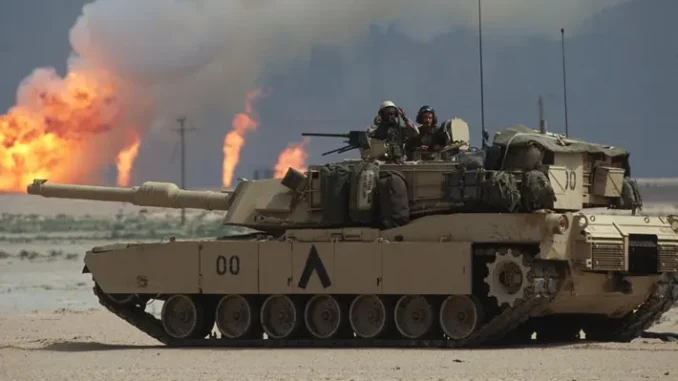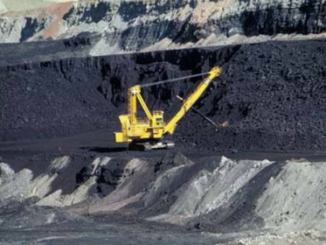Reliance on supertankers traveling around the Cape of Good Hope actually proved helpful in 1967, when Egypt closed the Canal during the Six-Day War. There was minimal impact on oil markets from the closure. More important, some oil exporters announced an embargo and production cut in support of the Arab combatants. However, the rapid end to the war and the threat of a surge in supply from Iran, the Soviet Union and the United States, caused that effort to collapse almost immediately.
The lesson from that effort was, as M. A. Adelman pointed out, “The then-secretary general of OPEC, Francisco Parra, in remarking the failure of the 1967 embargo, had pointed out that a selective boycott could not work.” Gregory Brew noted, “The failure of the first Arab oil embargo emboldened US observers, who were skeptical of OPEC’s power to influence energy security.”
Which is not to say that the potential for another such disruption was ignored. Nixon’s Cabinet Task Force on Oil Import Control recognized that “We are unable on present evidence to rule out the possibility that abandonment of all oil import controls would result in an inability to satisfy our essential oil requirements by acceptable emergency measures in response to certain conceivable supply interruptions.” Yet despite acknowledging the security problem raised by ending oil import quotas, the decision was made to do so anyway. Net oil imports doubled from 1970 to 1973, just as the oil crisis began. No doubt the failure of the 1967 oil embargo facilitated the decision.
But the oil embargo in 1973 played out very differently from its predecessor. For one thing, it came during a tight oil market and soaring market power of the Middle Eastern producers. At the same time, negotiations between major producer governments and the oil company operators over royalty levels were underway. Although the fighting ended quickly, a final truce was not reached for months, and the production cutbacks accompanying the embargo continued. Uncertainty about the end of the conflict and the embargo kept markets on a boil, until March the following year.
The U.S. then swung into action with the intent of deterring and/or mitigating a future embargo, by promoting the establishment of the International Energy Agency, one of whose prime tools was the Emergency Sharing System, which was intended to ensure that in a future oil embargo, all members would move oil supplies so as prevent any one from suffering unevenly.
The following oil crisis, the Iranian Revolution, demonstrated the bankruptcy of this approach. In the first place, those rising up against the Iranian government were hardly deterred by any policies of the oil importing nations. More important, most oil importing governments were uninterested in sharing the shortage; they engaged in a scramble for supplies, some even ordering oil companies to increase inventories. This crisis did spur some governments to fill the already-planned strategic petroleum reserves, although sadly many of the barrels were purchased in the early 1980s when oil prices were at historic highs.
The first Gulf War in 1990/91 saw the loss of approximately 4 mb/d of supply to the world market, but prices only rose 50%, and only briefly. The presence of strategic reserves seemed to discourage the type of speculative buying seen in 1979, but a plan for coordinated release of strategic reserves was delayed until the coalition began its bombing attack on January 17th, apparently expecting that Iraqi attacks on neighboring oil fields might reduce supply further. However, prices immediately plummeted when it was obvious that would not occur and there were few buyers for the offered government barrels.
The impact of this non-crisis on energy security policy-making is hard to judge, except for heightening complacency. Most importers became less concerned about the possibility of a new supply disruption causing a significant price increase and related economic damage. Strategic inventories appeared adequate to cope with a variety of scenarios and governments began to focus much more on energy policies related to climate change.
High prices from 2004-2014 surprised most, with surging oil demand meeting a number of smaller supply disruptions that added up to as much as 5 mb/d off the market at times. As in the 1970s, many interpreted this as a permanent situation and argued that alternative energies, otherwise uncompetitive, would solve the problem. Except for biofuels, though, most could not be used in transportation and thus did not provide much relief. That role was played by increases in conventional production but especially the U.S. shale revolution.
The Ukrainian crisis, and the loss of Russian gas supplies to Europe, has seen many suggest that expensive renewables are the solution, since they would produce domestic, and supposedly secure, energy. More generally, the climate-driven energy transition is assumed to increase energy security by reducing energy imports. However, as I noted in 2021, this replaces geopolitical vulnerability with operational vulnerability.
Foreign countries can’t interfere with solar and wind production, but their intermittency does not make them ‘secure’ sources of energy.
More important, perhaps, is the fact that renewable energy is not dispatchable. Since energy crises are, by definition, a disruption in supply that needs surge capacity to replace it, the inability to call on renewable power to do so means they do not solve that aspect of energy vulnerability. Indeed, closing fossil fuel power plants as renewable production rises could mean that in a future energy supply disruption, especially if combined with cloudy and/or still weather, the energy industry will be even less capable of responding than now. While it is true that batteries can provide storage, they are excruciatingly expensive: by my simplistic estimate, approximately 14,000 times the cost of a btu from the Strategic Petroleum Reserve.
So the problem is not just fighting the last war (cutoff of imported gas) but doing it inappropriately (renewable power with no surge capacity). Ending the unscientific ban on fracking in various European countries might mean much-needed domestic oil and gas supplies, which would provide far more security than renewables as well as massive economic benefits. But the frequently irrational energy policies in Europe (closing nuclear power plants and increasing coal usage, for example), suggests this is unlikely.
Given that much of the world will continue to rely on liquid fuels for transportation for many years to come, a future oil supply disruption is likely to create higher prices and economic damage, even if only briefly. At this stage, the age-old policy of holding strategic reserves, whether of grain as described in the biblical book of Genesis, Charles I’s collection of urine for gunpowder in the 17th century (the first SPR, although the P is Pee), or the modern stockpiles of petroleum, still appears the most cost-effective approach to reducing energy vulnerability.
Source: Forbes.com
ENB Top News
ENB
Energy Dashboard
ENB Podcast
ENB Substack




